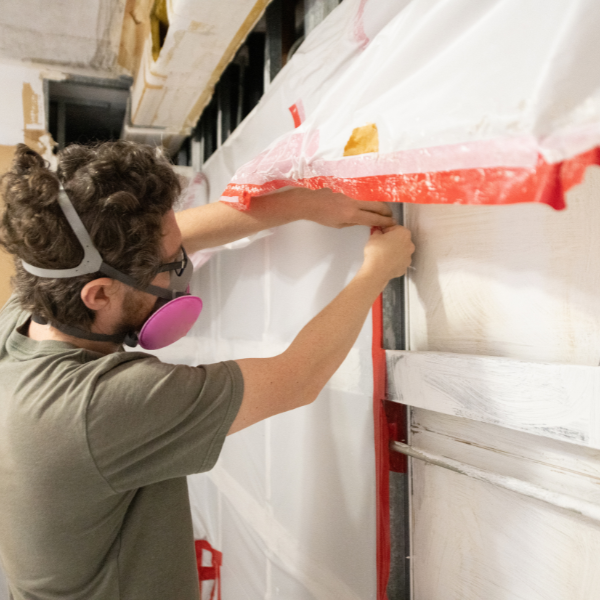


There are four factors involved in mold growth. The following conditions are necessary for mold growth to thrive on surfaces:
• a temperature range between 40° F and 100° F;
• the presence of mold spores;
• a nutrient base (most surfaces contain nutrients); and
• moisture.
Human comfort constraints limit the practical ability to control temperature in the growth of mold. Air temperature inside a building that is suitable for occupants is also beneficial for mold growth. Most buildings are kept between 65° and 75° F, and this temperature range is also suitable for mold to grow, although some fungi can thrive in temperatures as cold as 15° F and as hot as 122° F.
Spores are almost always present in outdoor and indoor air. Almost all construction materials and furnishings can provide nutrients to support mold growth, and dirt on surfaces provides additional nutrients. It is virtually impossible to eliminate all nutrients. A building is filled with an abundant supply of food for mold growth. Fungi have been shown to colonize on drywall, wood paneling, wallpaper, ceiling tiles, carpeting and pads, furniture, insulated ductwork, and other building components. The fungi break down the materials for food or use the dust that has collected upon a surface as a nutrient source.
Temperature, food and time cannot be adequately manipulated to control microbial growth, but moisture can. Moisture is the controlling factor. Therefore, moisture control is the primary strategy to focus on in order to limit and prevent mold growth. Once moisture intrusion into a building takes place, mold can start growing in very little time. Fungi have been shown to be capable of germination, growth and sporulation in as little as 24 hours after water intrusion or damage occurs.
Building Science
To understand how to find mold and prevent its growth in a building, inspectors must study and understand building science. Building science, in relation to mold, is the study of the building’s dynamics as affected by moisture intrusion. Buildings are dynamic environments influenced by geographic location, season, weather conditions, HVAC system design and operation, moisture intrusion, pest colonization, and human activities. Building dynamics continually change and affect the conditions for mold growth.